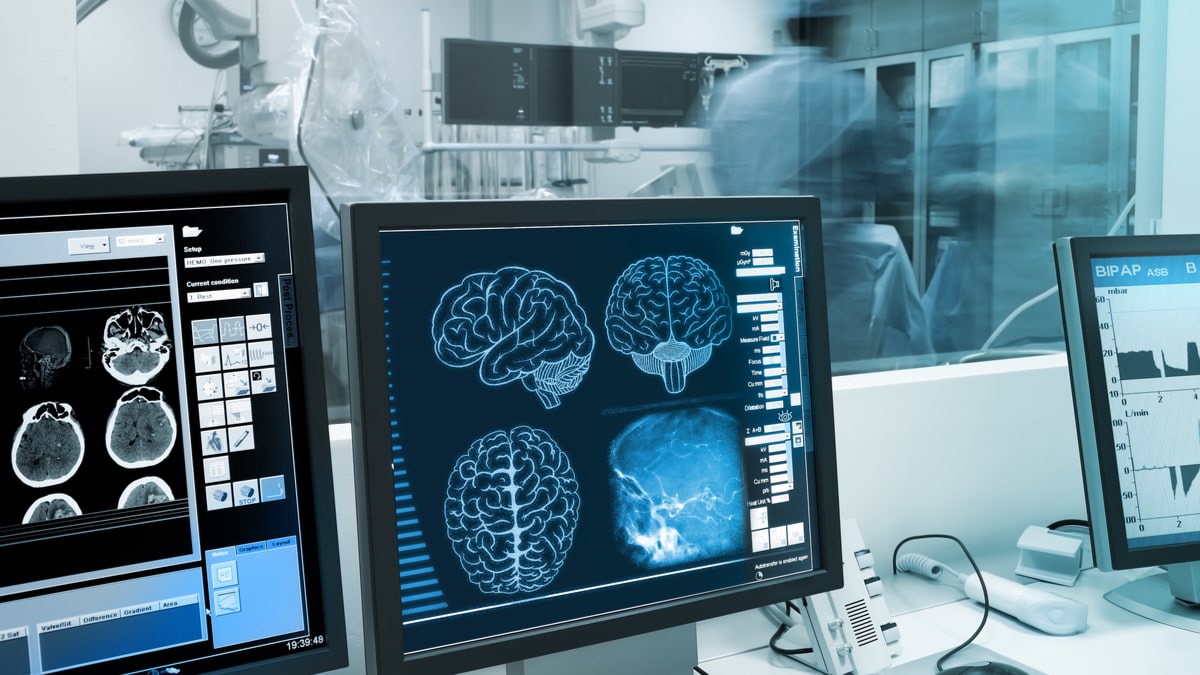
Digital twins are well known in engineering and manufacturing. However, scientists are now deploying the technology in the medical realm, modelling the effectiveness of existing drugs against new diseases.
Scientists and medical researchers often seek to treat patients by examining the efficacy of existing drugs. That’s what happened when Covid-19 first arrived. Global analytics company Elsevier and ExactCure, a startup providing software solutions to reduce the impact of inaccurate medication, came together in April 2020 to build a digital twin that could model patient reactions to 20 approved drugs.
But what is a digital twin? In essence, they’re virtual representations and simulations of a physical asset or entity. For example, pharmaceutical giant GSK has piloted a replica of its vaccine production process to improve operations and future vaccine development.
The digital twin from Elsevier and ExactCure was designed to simulate the impact individual drugs would have on the bodies of patients with certain physical, genetic and medical characteristics. The data gleaned from the digital twin could be used by physicians to personalise future treatment plans and doses for patients infected with SARS CoV-2, the virus that causes Covid-19.
Much like engineers use digital twins to safely test the impact of maintenance work, the technology could allow physicians to make clinical decisions in a safe environment.
“One of the biggest benefits of digital twins is the speed at which they can enable us to model reactions, without involving humans or animals,” explains Dr Olivier Barberan, director of translational medicine solutions at Elsevier. This means that when there’s a public health crisis, “we can use data already available, with no risk to life, to understand the disease and how it interacts with already approved drugs to start fighting it as quickly as possible.”
Patient power
Understanding the impact of a particular drug on a patient before it’s administered could ensure better care, outcomes and quality of life, says Dr Frédéric Dayan, co-founder and CEO of ExactCure.
Healthcare professionals will begin to rely on simulated and visual models of treatment plans over the next decade or so, according to Dayan. “We will see digital twins move from an R&D tool to one that empowers patients,” he adds.
Digital twins could also be used to eliminate – or at least reduce – the need for placebos in clinical trials. Often when there’s no standard treatment for a disease, patients might be given a placebo made from a harmless substance like sugar or starch. While placebos are considered an important part of clinical research, they’re “ethically questionable,” says Dr Gen Li, founder and CEO of Phesi, a virtual clinical trials company.
“The need to remove the use of placebos is especially relevant when patients are in chronic and severe pain or where there’s enough historical placebo data from previous trials,” he adds.
One of the biggest benefits of digital twins is the speed at which it can enable us to model reactions, without involving humans or animals
By using digital twins, medical researchers could define the type of patients that should be included in a clinical trial and those that should be excluded based on certain characteristics. They could then predict outcomes and side effects in real patients. The end result would be trials with fewer participants.
“Working towards eradicating the use of placebos and reducing patient burden should be an industry-wide goal,” Li argues. “Digital twins will help us to reach this goal faster and we expect to see considerable advances in the next five to 10 years.”
A question of trust
There’s no doubting the life-changing potential of digital twins. The Living Heart Project, led by Dassault Systèmes, was launched in 2014 to develop the world’s first model of a human heart. Healthcare specialists, regulatory bodies and medical device manufacturers are working together to boost the effectiveness of cardiovascular treatment.
Partnerships between technology companies and the public healthcare sector will be crucial if digital twins are to be adopted more widely. Some NHS trusts are already partnering with simulation specialists to implement digital twins in bed management. Manual patient flows are often paper-based and inefficient; forecasting demand for beds enables healthcare workers to optimise capacity and reduce wait times.
But budgets and resources are stretched for most hospitals. The more pressing matter for hospitals right now is tackling the backlog of people waiting for check ups, tests and scans. Rishi Sunak, the chancellor of the exchequer, pledged £5.9bn to the NHS in the October budget to accelerate the use of digital technology in healthcare settings and to reduce waiting lists.
Then there’s the issue of public trust. Research from the Information Commissioner’s Office, published in June, found that three in four people have high trust and confidence in the NHS. However, 47% would be comfortable with the NHS sharing health data with public sector companies if it were to improve treatment, while only 42% would be happy for data to be shared with private sector companies.
Every hospital could one day have a digital twin for every patient to treat any disease, but this “seems like a fantasy and is unlikely to come to fruition in the next 20 to 30 years,” Dayan stresses. For it to happen, all hospitals would need to be implementing digital twins and sharing data to not only personalise treatment and care plans but to advance the applications of digital twin technology. This would require full public trust.
“We don’t yet have the quality of data to address each variable in the entire body to create an accurate full body digital twin,” says Dayan. “But once we have enough accurate and reliable data, it could become a reality.”
